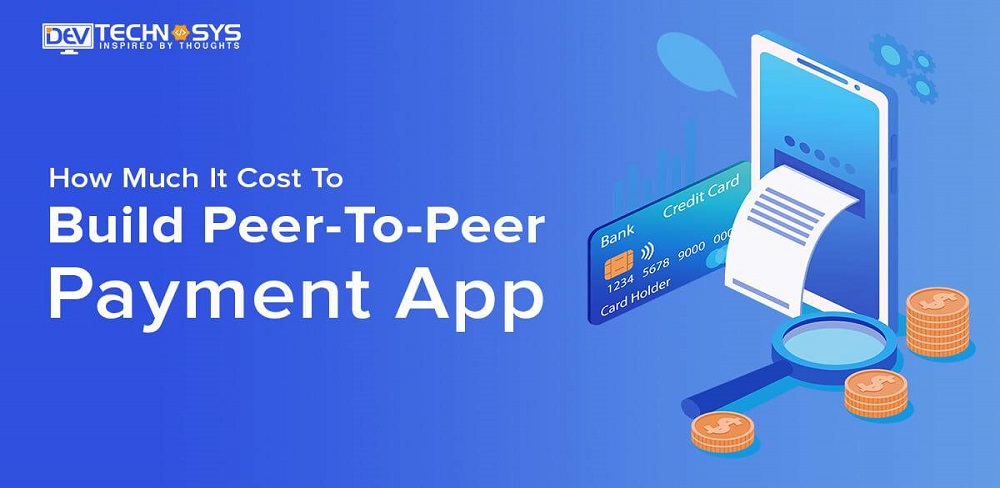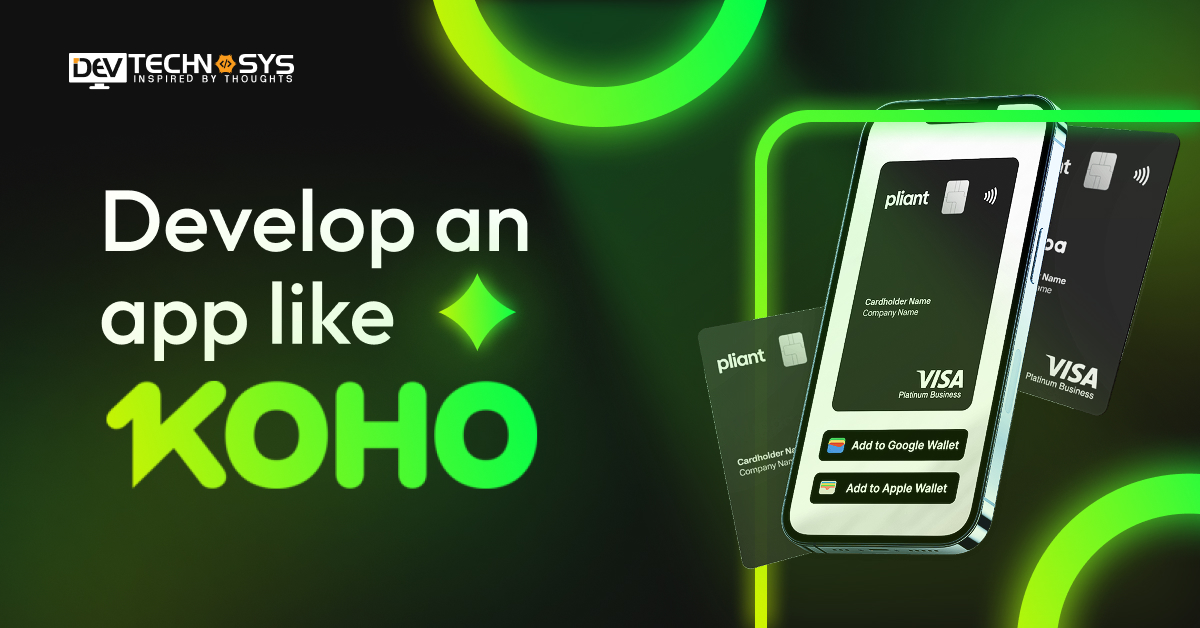The P2P payment app is the latest trend leading the world towards being bank less. People found it quite interesting to use online banking and mobile banking. It gives them the facility to pay for whatever they have purchased online or offline. It also solves minor problems like issues in exchanging spare money or forgetting the wallet at home.
Due to the evolution in peer to peer payment app development, there is no need to carry a wallet. With your smartphone, you can purchase anything you need at your household office or travel from one place to another.
We have created this blog to assist you the best if you are searching about how much does it cost to build P2P payment apps. Via going through this blog, you will come across some interesting points that you can consider while developing your own peer to peer payment app, including the cost estimation.
The most important point is that during pandemics, P2P payments got high because, during the global lockdown, it was too tough to go somewhere else. People send or receive the money immediately in the event of an emergency. It raised the huge demand for peer to peer payment apps or e-wallet app development.
One of the market research agencies – Allied Market Research, published in a report that-
The global P2P payment market reached $1,889 billion in 2020, and it is expected to reach $9097 billion by 2030 with a CAGR of 17.3(2021-2030).
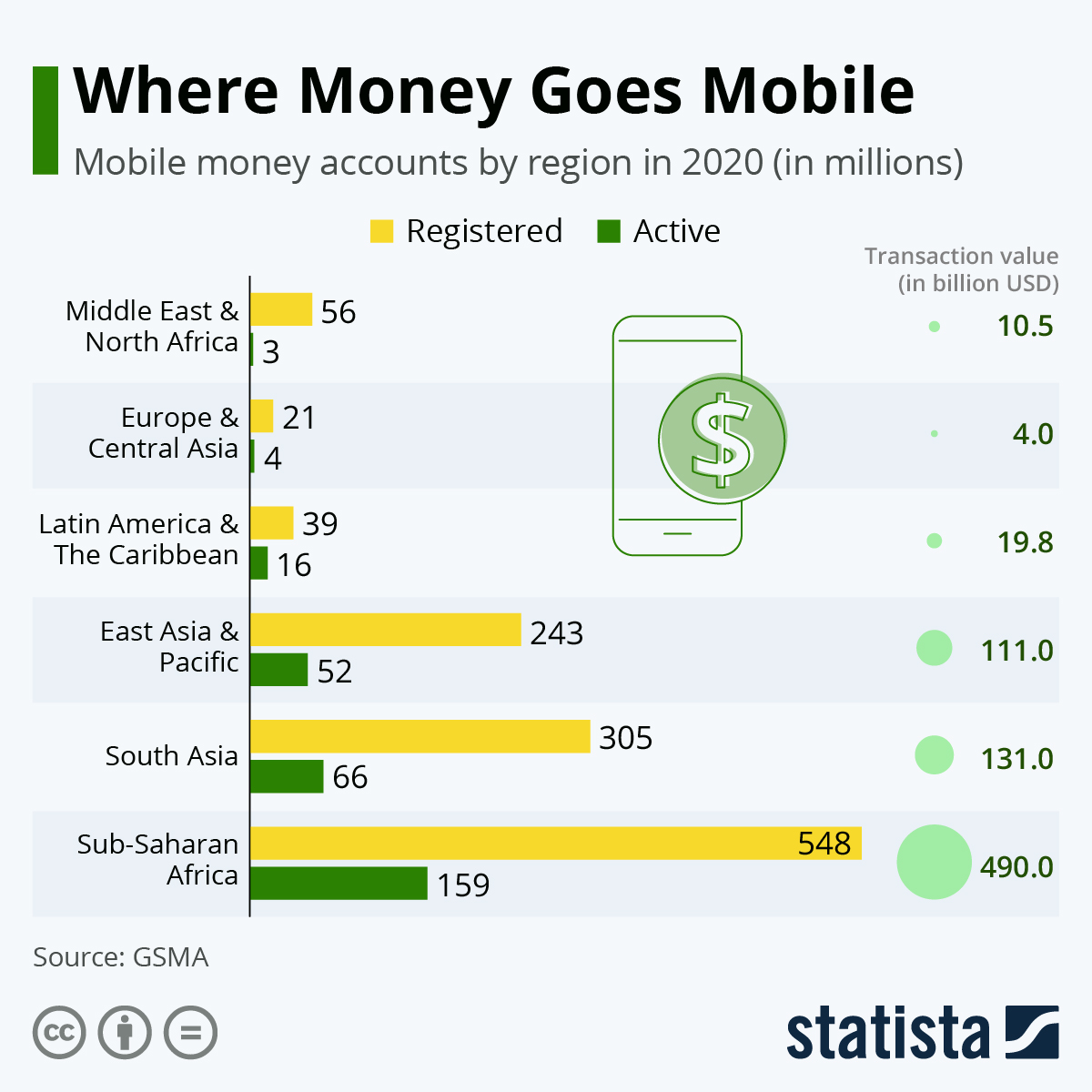
The Need For Peer To Peer Payment App
Mobile app payments are taking us to the cashless world, and P2P payment apps are working tremendously. . With technological interference in the banking system and account management, now we can transfer the amount to the other account or someone else’s account within a blink via our smartphone device. The peer to peer payment apps is encouraging businesses to make payments swiftly.
What Are The P2P Payment Apps Actually?
So, it can be understood in simplistic terms, such as it is a money transfer app linked with an individual user’s bank account or cards that allow users to send or receive money online. Having on the same app platforms, users transact the money to each other.
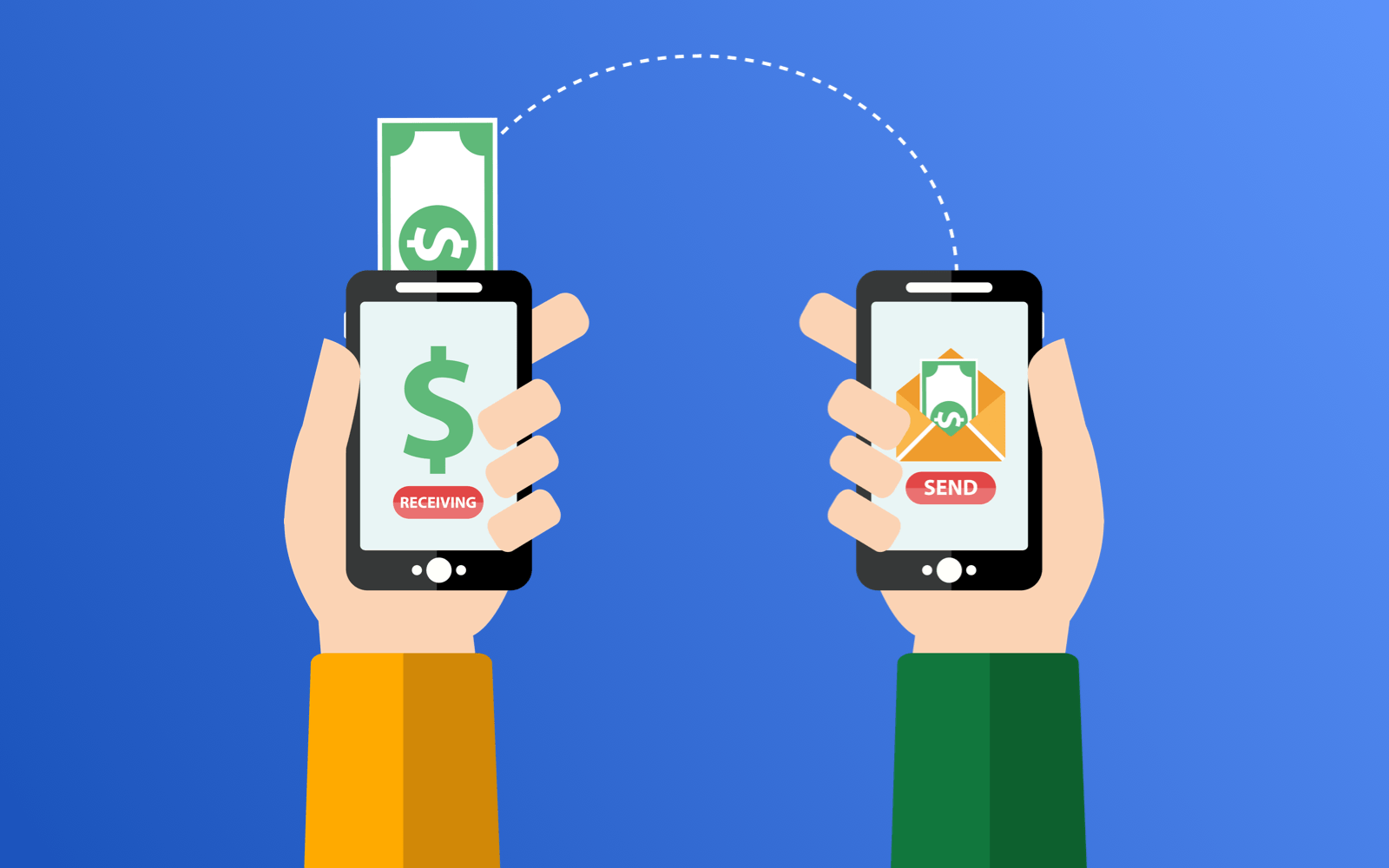
These apps can be used to shop for clothes grocery items, purchase stuff online, pay for booking appointments with doctors, and anything that requires payment. Even some of the P2P apps allow users to purchase health or vehicle insurance from the app.
Extending The Section of this blog, let’s read some advantages of it also –
- Do not need to carry cash to purchase via the P2P payment app; payment can be done easily.
- If you are a business owner, you can have a clear record of received payment as each transaction will be visible on your app.
- You can send or receive the payment in multiple currencies without fear or doubt of currency exchange.
- It supports cross-border transactions without any hurdle.
- The amount received will go directly into the bank account.
The Features You Need To Include In Your Next Peer To Peer Payment App
For creating the best Peer to peer payment app, including some features and functionalities is a must. Including the advanced features here, we will read some essential features that would be best to include in the app. In terms of the overall cost of building a peer to peer payment app, features influence it the most.

So, let’s start exploring one by one-
1. Push Notifications
It is one of the most required features to include in a P2P payment app, as users will get the update immediately after a money transaction.
2. In-App Chat
P2P payment apps are mobile apps that allow users to transfer or receive money. For making these apps more interesting, an in-app chat feature is best to include in it. So, while performing the transaction, users can communicate with each other.
3. App Security
These apps remain vulnerable to cyber attacks as hackers have a sharp eye on these apps to find a loophole so they can crack the accounts of users. So, here you need to implement the most secure mechanism that can save your app from attacks.
4. Payment History
It shows the past transaction done by the users. This feature helps the users to track their payment activity on a weekly or monthly basis.
5. Unique OTP
Before performing the transaction, especially transferring money, the OTP must be generated, so the user must have a chance to think about whether it is okay to perform the payment or not. In addition, if someone is trying to perform an illegal activity with the user’s account, then the account will be safe until the correct OTP is not provided.
6. Chatbot
The chatbot will help the users to get the answers to their inquiries without any hassle. Even in the presence of a low internet connection, users can find help via chatbot. To implement it, you can take the help of an experienced mobile app development company.
7. Invoice Generation
This feature will be helpful for the entrepreneurs so while receiving the payment from customers, they can customize and share the invoice with them.
8. Digital Wallet
It works like a prime feature of a P2P payment app where a user needs to recharge it from their bank account as we recharge mobile accounts. From the safety point of view, it is most worthy as the payment can be done from the wallet instead of a bank account. In case of any cyber threat, the bank account will be safe.
Types of Peer To Peer Payment App
In this section of this blog, you will get to know about the types of P2P payment apps. You can consider any one of the models to follow for your app. One point you need to remember is that the cost to build a P2P payment app depends on the type also. Whatever type you will follow to build your app, the cost will be accordingly.

1. P2P Foreign Exchange
Some peer to peer apps is built for advanced transactions to go beyond your friends, family, colleagues and relatives. These apps bring the world together with currency exchange and save up to 90% of transaction fees for the customer. They cut out the intermediary and brokers.
2. P2P Lending Apps
These apps are built to subsidize the customer by providing them microloans at a lower interest rate than the banks. These apps are beneficial to customers looking to monetize their funds.
3. P2P Cross Border Transfer Apps
These apps leverage the transaction from one country to another country. Transaction through them makes remittance less costly. Now mobile apps have made them more secure.
Still, if you are visiting your bank for a money transfer fund transfer to your friend, then E-wallet app development can make this possible without even stepping out of the door. Peer to peer payment application has a different business model, which also affects the cost of mobile app development.
4. Bank-centric Solution
The famous bank-centric apps like Clear Change, Pop money are a few prevalent bank-centric solutions. Many banks provide their customers with payment applications or payment devices to them, ensuring their merchants have a point of sale acceptance. These apps draw from and directly to bank accounts in place of stored currency accounts. The mobile network operator is responsible for the quality of service.
5. Stand-Alone Payment App
The new initiative of mobile wallet app developers took the world to stand alone financial apps like PayPal, Square Cash and Venmo. These apps offer offline and p2b payment with the wallet feature to store the liquid. The non-banking payment system has proven to be useful in some developing nations, where their reach to the bank is comparatively tough.
6. Social Media Payment App
You can find any mobile app development company working on this dream project. The huge social media apps like Facebook and WhatsApp are hugely popular among the population. It would be a huge convenience to transfer money through these mediums with so many users. With the WhatsApp integrated payment app, around 200 million people could leverage the ease.
7. Mobile Device Payment App
The conglomerates such as Samsung and Apple are working over e-wallet app development for integrating the Payment system to their device.
Factors That Affect The Cost of Peer to Peer Payment Mobile App Development
For a business owner, it is most important to know how much it costs to build a Peer to Peer payment app. This section in this blog is dedicated to the influencing factors that affect the overall cost of P2P payment apps.
1. App Development Platforms
You can develop the app for Android and iOS or for a single platform, but the cost will be different. The cost of Android app development is different from developing iPhone apps. The reason is that both technologies require different tech stacks and other tools. It affects the cost of developing a P2P payment app development.
2. Team of Mobile App Developers
The cost also depends on the team of mobile app developers you have hired. In simplistic terms, no professionals involved will increase the cost. Another factor is more experienced developers charge more cost, but the advantage is quality.
Cost And Features To Develop E-wallet Mobile App Like Google Pay
3. Complexity
The payment apps remain more complex compared to the other ordinary mobile apps. And due to the platform specifications and the number of complex features, it increases more. Suppose you want to launch a payment or e-wallet app for the iPhone platform, then complexity will be more as you need to implement the classy features. It will automatically lead to high iOS app development costs.
4. App Designing
There are several types of users who will use P2P payment apps, so its design must be accordingly. It would be best to implement a simplistic but attractive design. So the users must find it super fantastic. On the other hand, there are specific tools required that increase the cost of the peer to peer payment mobile app development.
5. App Size
The larger size of the app remains more costly than the apps that have less size. It is like a universal truth. This principle applies to all types of app development, so the same is to the P2P payment app development. Developing a larger size app requires more effort and a large team size. It impacts the cost of fintech app development is a great sense.
6. Inclusion of Additional Features
The inclusion of advanced features also influences the cost to build peer to peer payment apps. In addition to providing additional functionality to the app, third-party integration can work fine, but again, the cost is also associated with it.
The Cost to Build Peer to Peer Payment App
The cost of P2P payment app development also depends on the cost of hiring app developers. For creating something unique, you need to hire mobile app developers experienced in developing e-wallet apps, online payment apps and others.
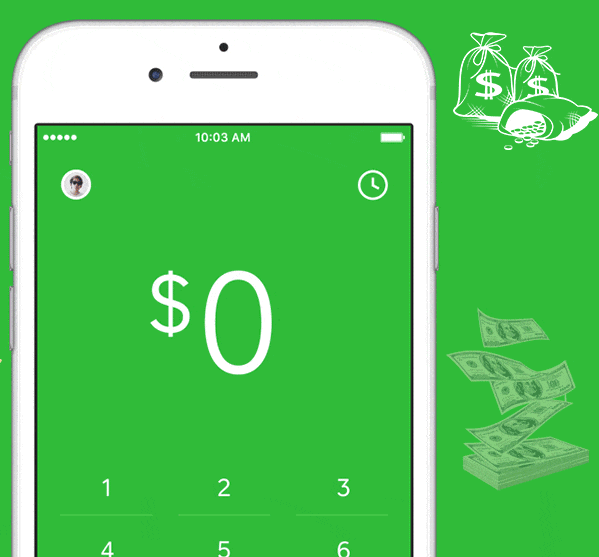
The development of p2p mobile payment apps is an expensive journey and takes a lot of expertise and experience. The cost of developing these types of apps ranges between $15,000-$40,000 with basic features. It can go upto $100,000 with advanced functionalities.
Another point is how you are going to hire fintech developers on a full-time, part-time, and hourly basis. Suppose you want to hire e-wallet app developers on an hourly basis, then you need to spend a minimum of $20/hour, and it can go upto $150 / hour based on your requirements.
The Final Words
The future of P2P payment apps is bright as more people are onboarding on online payment platforms. Including the normal payment mode, the future will be of blockchain and cryptocurrencies payment apps. Although these apps are limited now, in the future, we will observe more updates in these types of apps.
If you want to develop your own peer to peer payment app for your business, then you can refer to this blog. In addition, it would be best to hire an experienced P2P payment app development company.
